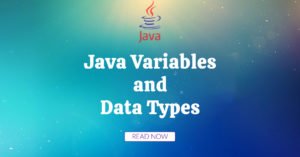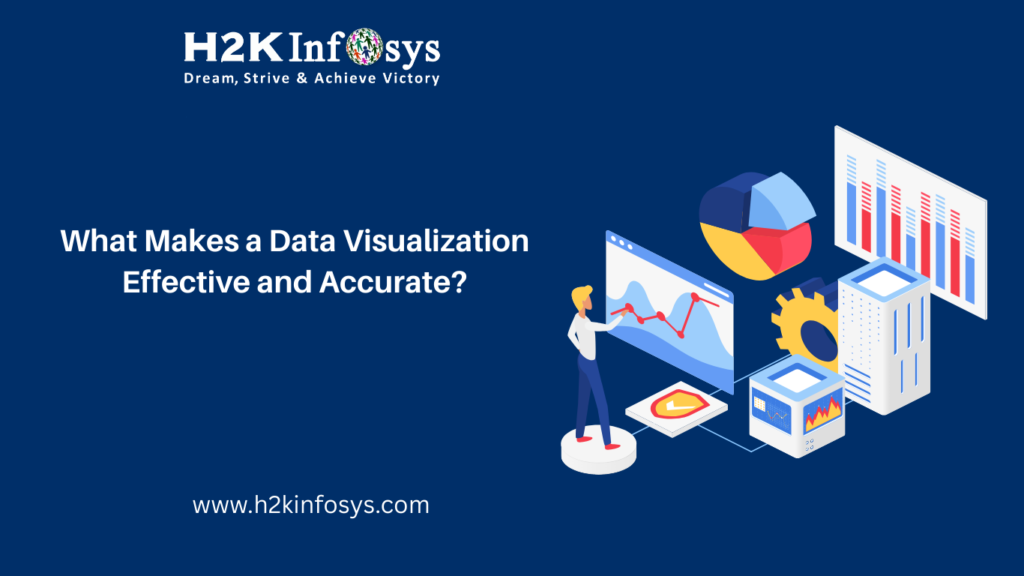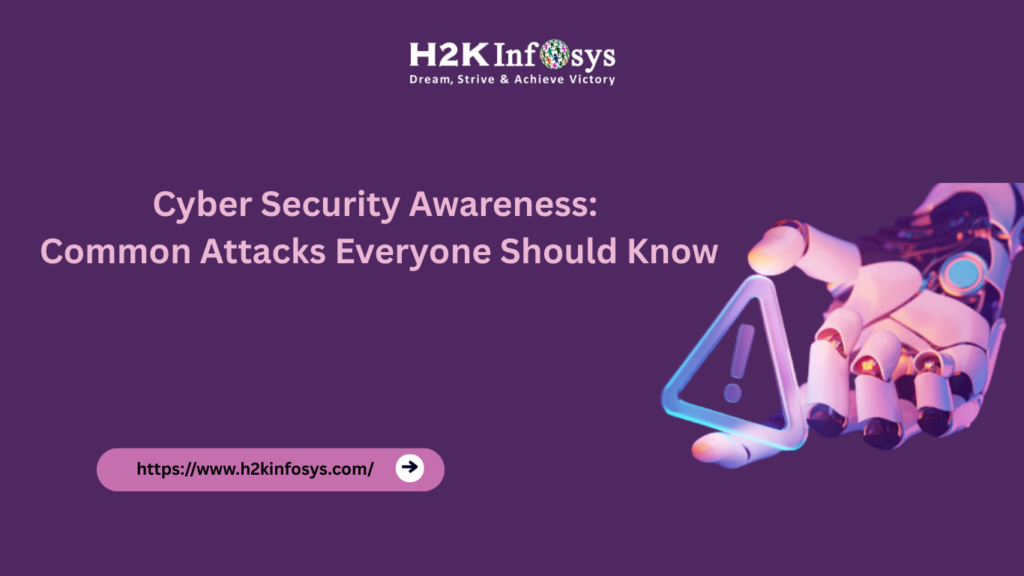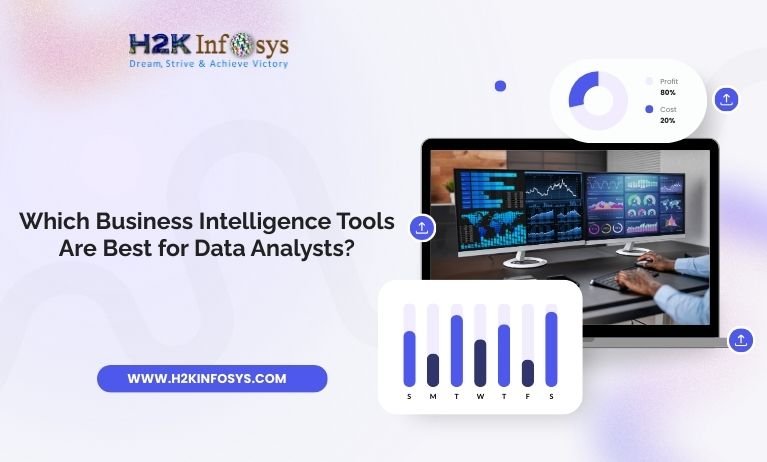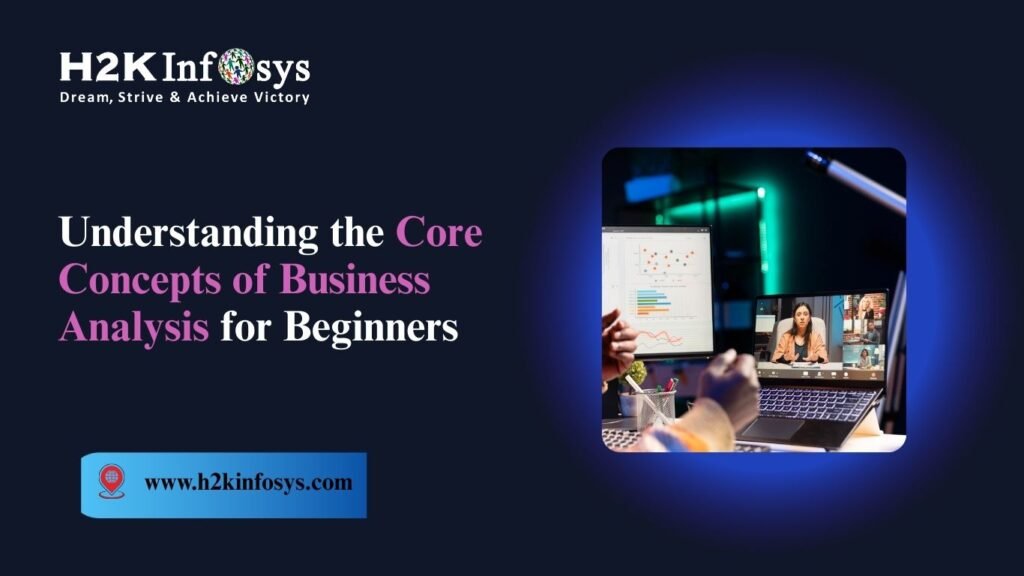Relational databases are a cornerstone of modern data management, providing a structured way to store, retrieve, and manipulate data. As a professional in the tech industry, particularly in roles involving data analysis, software development, or database administration, a strong understanding of relational databases is crucial. This blog will cover the top interview questions related to relational databases, helping you prepare for your next job interview.
What is a Relational Database?
A relational database is a type of database that stores and provides access to data points that are related to one another. In a relational database, data is organized into tables (also known as relations), which consist of rows and columns. Each table has a unique key that identifies each row, and the tables can be linked using foreign keys. This structure allows for efficient data retrieval and management.
Key Points to Discuss:
- Definition and structure
- Importance of tables, rows, and columns
- Primary and foreign keys
- Example: SQL-based databases like MySQL, PostgreSQL, and Oracle
What are the ACID properties in a relational database?
The ACID properties ensure that database transactions are processed reliably. ACID stands for Atomicity, Consistency, Isolation, and Durability.
Atomicity: Ensures that each transaction is treated as a single unit, which either succeeds completely or fails completely.
Consistency: Ensures that a transaction takes the database from one valid state to another, maintaining database rules such as constraints.
Isolation: Ensures that concurrent transactions occur independently without interference.
Durability: Guarantees that once a transaction is committed, it will remain so, even in the case of a system failure.
What is SQL, and why is it important for relational databases?
SQL, or Structured Query Language, is the standard language used to interact with relational databases. It allows users to perform various operations such as querying, updating, and managing data. SQL is essential for:
- Data Retrieval: Using SELECT statements to fetch data.
- Data Manipulation: INSERT, UPDATE, DELETE operations.
- Data Definition: Creating and modifying database structures using CREATE, ALTER, and DROP statements.
- Data Control: Managing user access and permissions with GRANT and REVOKE statements.
What are the different types of joins in SQL?
Joins are used to combine rows from two or more tables based on a related column. The main types of joins are:
- Inner Join: Returns records with matching values in both tables.
- Left (Outer) Join: Returns all records from the left table and matched records from the right table. Non-matching rows will have NULL values.
- Right (Outer) Join: Returns all records from the right table and matched records from the left table. Non-matching rows will have NULL values.
- Full (Outer) Join: Returns all records when there is a match in either left or right table. Non-matching rows will have NULL values.
What is normalization, and why is it important?
Normalization is the process of organizing data in a database to reduce redundancy and improve data integrity. It involves dividing large tables into smaller, related tables and defining relationships between them. The main goals of normalization are:
- Eliminate Redundant Data: Reduce data duplication and save storage.
- Ensure Data Integrity: Maintain data accuracy and consistency.
- Simplify Data Maintenance: Make the database easier to manage and update.
Normal Forms: The different stages of normalization include the First Normal Form (1NF), Second Normal Form (2NF), Third Normal Form (3NF), and sometimes Boyce-Codd Normal Form (BCNF).
What is denormalization, and when would you use it?
Denormalization is the process of merging normalized tables to improve read performance by reducing the number of joins. It involves adding redundant data to the database. Denormalization can be useful when:
- Performance Optimization: Speeding up query response time.
- Read-Heavy Applications: Applications where read operations outnumber write operations.
However, it may lead to data anomalies and increased storage requirements, so it should be used judiciously.
What is a primary key, and why is it important?
A primary key is a unique identifier for a record in a table. It must contain unique values and cannot contain NULL values. The primary key is crucial because:
- Uniqueness: Ensures that each record can be uniquely identified.
- Data Integrity: Prevents duplicate records and maintains data consistency.
- Indexing: Often used to create indexes, improving query performance.
What is a foreign key, and how does it relate to primary keys?
A foreign key is a column or a set of columns in one table that uniquely identifies a row in another table. It establishes a link between the data in the two tables. The foreign key constraint ensures referential integrity, meaning that the value in the foreign key column must match a value in the primary key column of the referenced table.
Recommended to Read Also: Software testing bootcamp with job guarantee
What is a stored procedure, and how is it different from a function?
A stored procedure is a precompiled collection of SQL statements stored in the database, which can be executed as a single unit. Stored procedures can accept parameters, execute complex logic, and return multiple values.
Differences from Functions:
- Return Type: Functions must return a value, while stored procedures can return zero or more values.
- Usage: Functions can be used in SELECT statements, while stored procedures cannot.
- Parameters: Functions have only input parameters, while stored procedures can have both input and output parameters.
What is an index, and how does it improve query performance?
An index is a database object that improves the speed of data retrieval operations by providing a quick way to access data. Indexes are created on columns that are frequently used in search conditions, sorting, or joining.
Types of Indexes:
- Clustered Index: Determines the physical order of data in a table. There can only be one clustered index per table.
- Non-clustered Index: Does not alter the physical order of data. A table can have multiple non-clustered indexes.
Pros and Cons:
- Pros: Faster data retrieval, efficient query execution.
- Cons: Increased storage space, slower write operations.
What is a transaction, and what are the properties of a transaction?
A transaction is a sequence of one or more SQL operations executed as a single unit. Transactions ensure data integrity and consistency. The properties of a transaction are known as ACID properties:
- Atomicity: Ensures that all operations within a transaction are completed successfully, or none are.
- Consistency: Ensures that the database moves from one consistent state to another.
- Isolation: Ensures that the execution of one transaction does not affect the execution of another.
- Durability: Ensures that once a transaction is committed, the changes are permanent.
What is a trigger, and when would you use it?
A trigger is a set of SQL statements that automatically executes in response to specific events on a table, such as INSERT, UPDATE, or DELETE operations. Triggers are used for:
- Enforcing Business Rules: Automatically enforcing rules like auditing, logging, or validation.
- Maintaining Referential Integrity: Ensuring that changes in one table reflect appropriately in related tables.
- Complex Validation: Performing complex data validation that can’t be achieved through constraints alone.
What is a view, and what are its advantages and disadvantages?
A view is a virtual table based on the result set of an SQL query. It does not store data physically but presents data from one or more tables. Views can be used to:
- Simplify Complex Queries: Hide complexity and present a simplified interface to users.
- Security: Restrict access to specific columns or rows.
- Data Abstraction: Provide a level of abstraction, isolating users from changes in the underlying table structure.
Disadvantages:
- Performance: Views can sometimes degrade performance, especially if they are complex.
- Updatability: Not all views are updatable, which can limit their use.
What is referential integrity, and how is it enforced in a relational database?
Referential integrity ensures that relationships between tables remain consistent. It is enforced through foreign key constraints, which require that the value in a foreign key column matches a value in the primary key column of another table or is NULL.
What are the differences between OLTP and OLAP?
OLTP (Online Transaction Processing):
- Designed for managing transaction-oriented applications.
- Focuses on insert, update, and delete operations.
- Optimized for short, atomic transactions.
- Data is highly normalized.
OLAP (Online Analytical Processing):
- Designed for data analysis and reporting.
- Focuses on complex queries and data analysis.
- Optimized for read-heavy operations and large volumes of data.
- Data is often denormalized.
Conclusion
Mastering these relational database interview questions will not only prepare you for your next job interview but also deepen your understanding of key database concepts. Whether you’re a database administrator, a software developer, or a data analyst, a solid grasp of relational databases and SQL is crucial in today’s data-driven world. Use these questions as a guide to refine your knowledge and confidently showcase your expertise in relational databases. Good luck with your interview preparation!




